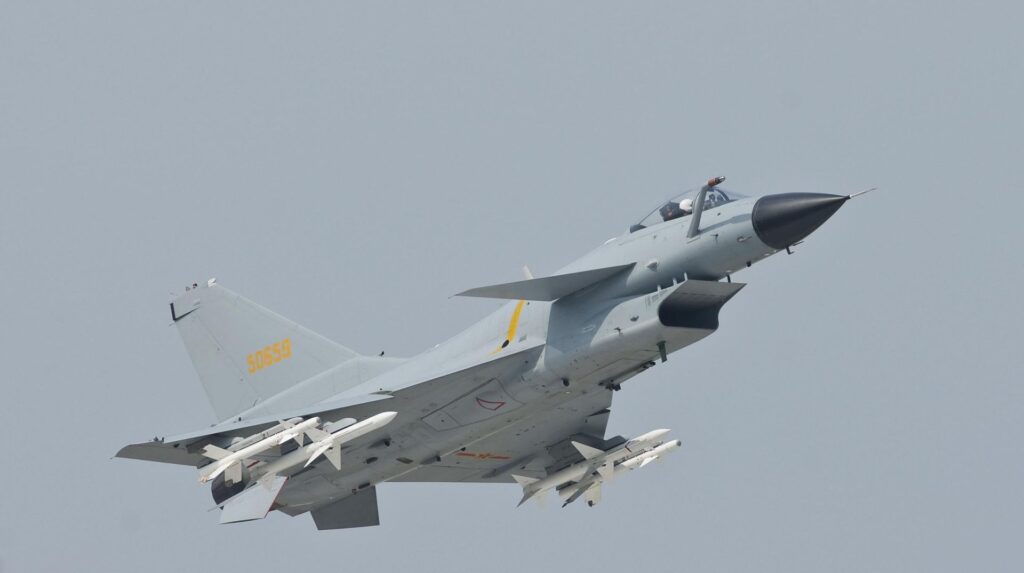In the fast-evolving world of air combat, the PL-15 missile has emerged as one of the most advanced and long-range air-to-air weapons ever developed. Designed by Luoyang-Based China Airborne Missile Academy (CAMA) . The PL-15 missile was tested first in 2011 . now it has in the hand of Pakistan Airforce achieving the incredible results for Pakistan Airforce. the PL-15 has caught the attention of global defense analysts and military strategists alike. With its extended range, high speed, and ability to target even stealth aircraft, the PL-15 is not just a missile it’s a message. here is top 10 amazing and outstanding Facts of PL-15 missile >
1. One of the Longest-Range Air-to-Air Missiles
The PL-15 boasts a range of 200 to 300 kilometers, giving it the ability to engage targets far beyond visual range. This outclasses many Western equivalents.
2. Speeds Over Mach 4
With speeds exceeding Mach 4 (4 times the speed of sound), the missile reaches its target rapidly, making interception or escape extremely difficult.
3. Can Defeat Stealth Aircraft
Unlike many conventional missiles, the PL-15 is designed to detect and destroy stealth aircraft, including the U.S. F-22 Raptor and F-35 Lightning II.
4. Uses Active Radar Homing
It is equipped with active radar homing guidance, allowing it to independently track and lock onto targets after launch, increasing its hit probability.
5. Integrated with Pakistan’s JF-17 Block III
Pakistan has reportedly integrated the PL-15 with its JF-17 Thunder Block III fighter jets, significantly upgrading its air combat capability.
6. A Cause for Concern in the West
The U.S. and NATO countries have expressed concern over the PL-15’s capabilities, especially its range and ability to neutralize high-value aerial assets.
7. Built by China’s Top Defense Industry
The missile was developed by China Aviation Industry Corporation (AVIC), one of the world’s leading defense manufacturers.
8. Dual-Pulse Rocket Motor for Extended Flight
It features a dual-pulse rocket motor, which helps maintain speed and range over long distances, giving it an edge in extended aerial engagements.
9. Air Superiority Through Precision
Its high-explosive fragmentation warhead is designed to destroy enemy aircraft mid-air with exceptional accuracy and lethality.
10. A Strategic Shift in South Asia
With its integration into the Pakistan Air Force, the PL-15 may tip the aerial power balance in South Asia, especially in the context of India-Pakistan tensions.




https://muavpk.com/chinese-j10-fighter-aircrafts/



